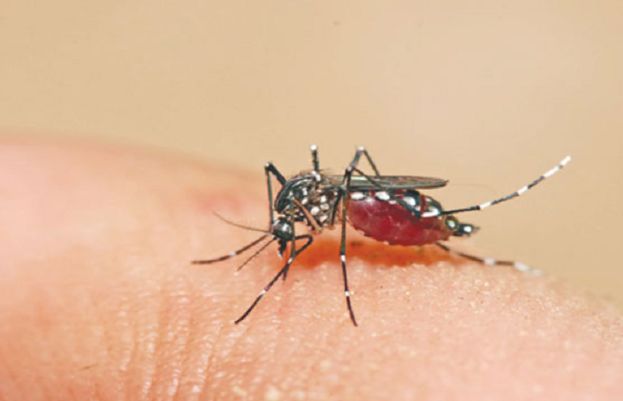
Newswise — Dr. Jwa Eunjin and her research team at the Korea Institute of Energy Research (KIER) have achieved a significant breakthrough in clean energy technology. The team has successfully enhanced a crucial component of a bio-electrochemical cell, enabling more efficient hydrogen production from microorganisms found in waste. This advancement resolves longstanding power loss challenges in conventional processes, offering a transformative pathway toward large-scale, cost-effective hydrogen production.
Biogas, a renewable gas generated during the microbial decomposition of organic waste, has emerged as a promising source for clean hydrogen production. Through processes like steam reforming or pyrolysis at elevated temperatures, biogas can be converted into hydrogen — a key player in the global transition to carbon neutrality. However, existing production methods face critical hurdles. These processes not only emit carbon dioxide as a byproduct but also demand substantial energy to sustain high-temperature conditions, posing significant challenges to large-scale commercialization.
To address these challenges, leading countries such as the United States and Europe are actively researching hydrogen production processes using bio-electrochemical cells. In this process, waste and electricity are supplied to the bio-electrochemical cell, where microorganisms consume organic matter, releasing electrons and hydrogen ions that combine to produce hydrogen gas.
* Bio-Electrochemical Cell (BEC): A system that combines the biological metabolic activity of microorganisms with electrochemical reactions to produce energy (such as electricity, hydrogen, or methane) or valuable chemical substances. It is gaining attention as an eco-friendly technology capable of simultaneously treating waste and generating energy.
Unlike traditional hydrogen production methods, the bio-electrochemical cell (BEC) process offers a more sustainable and cost-efficient solution. By operating at low temperatures and emitting significantly less carbon dioxide, BEC technology aligns with global decarbonization goals. However, scaling up the process presents a critical challenge. As system size increases, the pathways for electrochemical reaction materials become longer, resulting in higher internal resistance and increased power loss. This limitation poses a significant barrier to large-scale commercialization, highlighting the need for further technological advancements to improve system efficiency and scalability.
To overcome the power loss issues of conventional bio-electrochemical cells, the research team developed a proprietary improvement to the basic unit of the cell and applied it to the hydrogen production process. The process utilizing the newly developed cell achieved 1.2 times higher hydrogen productivity and more than 1.8 times higher electron production compared to existing bio-electrochemical hydrogen production processes.
The research team has introduced a groundbreaking innovation to the bio-electrochemical cell: a proprietary Zero-Gap technology. This advanced design minimizes the distance between the cell’s electrodes and separator, significantly reducing electrical resistance and optimizing reaction efficiency. By creating a more direct pathway for electrochemical reactions, Zero-Gap technology enables faster electron transfer and more efficient hydrogen production. Widely adopted in cutting-edge electrochemical systems, this approach is a critical step forward in improving the scalability and commercial viability of bio-electrochemical cells.
However, conventional zero-gap structures are typically designed by stacking electrodes and membranes in a sandwich-like configuration. During large-scale implementation, this structure can lead to pressure imbalances, creating small gaps between the electrodes and membranes. These gaps cause localized efficiency drops and an increase in electrical resistance, hindering overall process performance.
In contrast, the zero-gap structure developed by the research team features a cylindrical lid that applies uniform pressure to the back of the electrode as it closes, ensuring complete adhesion between the electrode and the separator. This design can be applied consistently even in large-scale processes, making it a key innovation for the commercialization of bio-electrochemical cells.
The research team successfully applied the developed bio-electrochemical cell to the hydrogen production process, resulting in 1.8 times more electron production and a 1.2-fold increase in hydrogen output compared to conventional processes. The same performance was maintained in pilot-scale experiments, a critical step toward large-scale implementation. This achievement was officially certified by the Korea Testing Laboratory (KTL), further validating its effectiveness.
Dr. Jwa Eunjin, the lead researcher, stated, “This technological development not only addresses the environmental and economic challenges of processing organic waste in Korea but also represents a significant breakthrough in the high-efficiency production of clean hydrogen energy.” She added, “The commercialization of the high-performance bio-electrochemical cell we developed is expected to make a substantial contribution to achieving carbon neutrality and transitioning to a hydrogen-based society.“
Meanwhile, this research was conducted with support from the Future Hydrogen Original Technology Development Program of the National Research Foundation of Korea. The results were published in Science of The Total Environment, a globally renowned journal in the field of environmental science.




